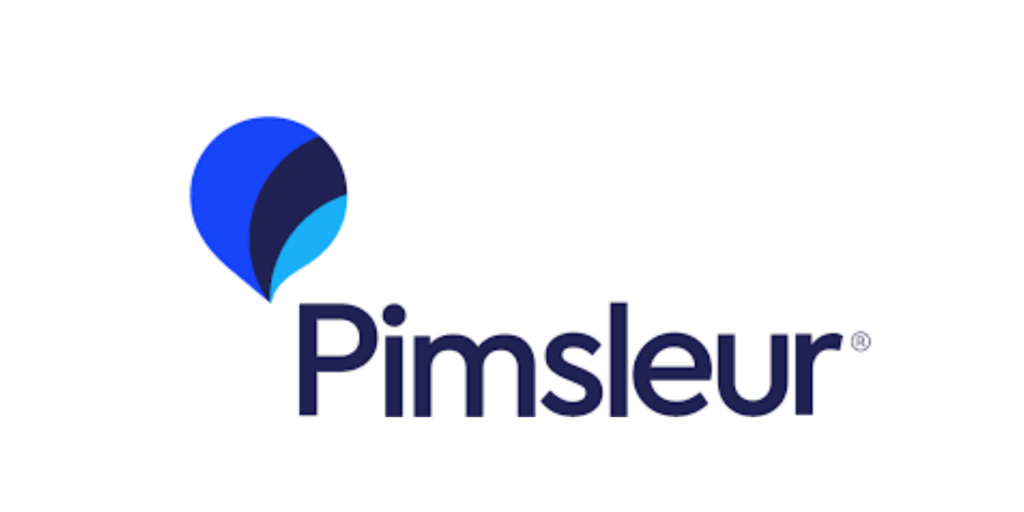The Philippines is an archipelago with over 7,641 islands. Naturally, this resulted in a diverse set of languages and dialects. If you’re interested in the country’s culture or language, one of the best ways to integrate yourself is to learn Tagalog.
But then, you might say, “I don’t have the time and the funds for a Tagalog tutor,” or perhaps, “There aren’t enough resources online.” In that case, the alternative is to use an app for learning Tagalog.
Here are some of the Tagalog learning apps you can try this 2024:
Turong Wika

If you want a language app that focuses on the basics of Tagalog, then look no further than Turong Wika. Turong Wika dissects the basic sentence structure and focuses on commonly used words and sentences. The app is also designed to be interactive and adapt to your learning pace.
At the time of writing, it has four units, each with 12 in-depth lessons. The first unit is free, while the rest need a premium subscription.
Besides the lessons, it also has a practice section where you can test what you’ve learned. You can choose how many questions you want to answer, from five to 25 items.
Pros
Cons
- Interactive lessons and quizzes.
- A cheat sheet of the lessons.
- No time limit for the free subscription.
- Focused on common vocabulary.
- Still under improvement.
- No advanced courses yet.
Pros
- Interactive lessons and quizzes
- A cheat sheet of the lessons
- No time limit for the free subscription
- Focus on common vocabulary
Cons
- Still under improvement
- No advance courses yet
Ling

Ling prides itself on teaching several languages, some of them on the brink of extinction. One of the languages offered is, of course, Tagalog.
Each language lesson is divided into five levels: beginner, intermediate, upper-intermediate, advanced, and expert. Each level has ten modules and each module has six groups of activities. The lessons are gamified to ensure maximum user attention and knowledge retention.
Pros
Cons
- The audio contains native speakers.
- Provides review modules.
- Has a useful chatbot feature.
- Focused on formal vocabulary.
- No grammar tips.
- No individual word translation.
Pros
- The audio contains native speakers.
- Provides review modules.
- Has a useful chatbot feature.
Cons
- Focused on formal vocabulary.
- No grammar tips.
- No individual word translation.
Pimsleur

Pimsleur is an app based on the research of Dr. Paul Pimsleur on memory and language learning. By following its 30-minute lessons in the right sequences, the app guarantees that you can speak the language in 30 days.
Unlike most language apps, it adheres to the aptly named Pimsleur Method. The scientifically proven method is based on the following principles: graduated interval recall, the principle of anticipation, core vocabulary, and organic learning.
Pros
Cons
- Audio-based lessons.
- Hands-free approach.
- Enhances speaking skills.
- Practice activities.
- The premium subscription is pricey.
- The language is too formal.
- Doesn’t explain the basics of grammar.
- Teaches limited vocabulary.
Pros
- Audio-based lessons.
- Hands-free approach.
- Enhances speaking skills.
- Practice activities.
Cons
- The premium subscription is pricey.
- The language is too formal.
- Doesn’t explain the basics of grammar.
- Teaches limited vocabulary.
Rosetta Stone

Running for over 30 years now, Rosetta Stone has built up a reputation as a reliable language-learning app. It follows the Dynamic Immersion method which uses maximum exposure through spoken audio, written words, and real-world images instead of relying on translations.
Pros
Cons
- Contains stories written and narrated by native speakers.
- Has speech recognition software.
- Downloadable audio tracks.
- Offers interactions with actual speakers.
- The premium subscription is very pricey.
- Outdated user interface.
- Lacks casual language usage.
- No grammar explanations.
Pros
- Contains stories written and narrated by native speakers.
- Has speech recognition software.
- Downloadable audio tracks.
- Offers interactions with actual speakers.
Cons
- The premium subscription is very pricey.
- Outdated user interface.
- Lacks casual language usage.
- No grammar explanations.
Learn Tagalog Fast

Learn Tagalog Fast is also a straightforward Tagalog learning app. Additionally, it also teaches Taglish, a mish-mash of Tagalog and English which is commonly spoken by the locals.
There are overall 70 lessons in the app. The free version lets you access the first five lessons, while the premium gives you lifetime access to the rest.
Pros
Cons
- Focuses on conversational Tagalog.
- Has a language quiz and pronunciation test.
- Interactive quizzes.
- The Taglish portions might confuse beginner Tagalog users.
- The lesson portion’s format may bore other users.
- The pronunciation test is a hit or miss.
Pros
- Focuses on conversational Tagalog.
- Has a language quiz and pronunciation test.
- Interactive quizzes.
Cons
- The Taglish portions might confuse beginner Tagalog users.
- The lesson portion’s format may bore other users.
- The pronunciation test is a hit or miss.
How You Start Matters
Learning another language, no matter what it may be, takes time and effort. It requires continuous practice and dedication to stick to the lessons. As difficult as it can be, reaching the finish line and being able to speak and understand your chosen language can be very gratifying.
However, learning a language is a two-way street. You need an effective mentor to help build the right foundation of your knowledge.
For that reason, Turong Wika is your best bet for learning Tagalog. Its focus on common vocabulary and interactive way of dissecting grammar can help maintain engagement and enforce the lessons learned.
Bring the fun in learning Tagalog. Download the app now!






